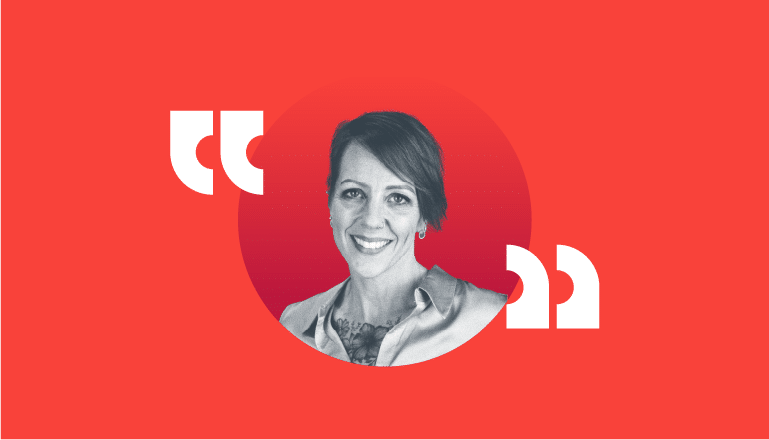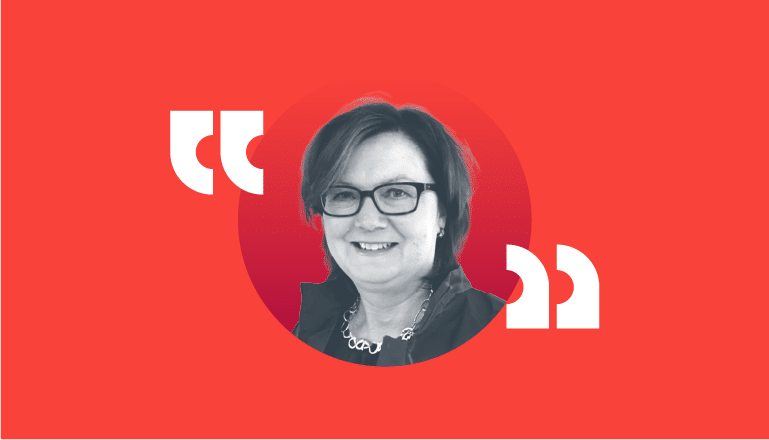May 22, 2018 | Net Health
3 Minute Read
Independence at Home: A Win for Patients, the Family, Payers and Providers
A significant win for home health care took place this year when Independence at Home (IAH), a demonstration project from the CMS Innovation Center, was extended in February for an additional two years.
Created under the Affordable Care Act, IAH has been testing the effectiveness of providing primary care services in the home setting for Medicare beneficiaries with multiple chronic conditions.
Under the program, interdisciplinary teams led by a primary-care physician or nurse practitioner coordinate and provide care to selected Medicare patients in their homes. The goal is to improve the quality of care and life for the patient, lower healthcare costs and forestall the need for more costly care in institutional settings. As part of the two-year extension, Congress increased the cap on participants from 10,000 to 15,000 patients.
What’s the big deal?
For numerous reasons, many elderly people with chronic conditions and disabilities have difficulty getting to the doctor’s office. Often, they’re in need of multiple types of medications, rehabilitation and other services that require them to coordinate their own care.
These difficulties not only create barriers, they’re costly for both patients and providers. Many elderly people end up in the ER and hospital or have to go to a nursing home to get the care they need.
IAH overcomes these barriers through a practice that has all but disappeared—house calls. Before the 1960s, the majority of healthcare visits were performed in the patient’s home. This practice changed with the evolving healthcare landscape and payment models to maximize the number of patients seen by a doctor.
However, starting in the 1970s, the Department of Veterans Affairs (VA) began offering home-based, patient-centered primary care (HBPC) for chronically ill veterans to meet their needs and keep them out of hospitals and nursing homes. Today there are about 150 HBPC programs at VA centers around the country. The impact has been significant. An overview of the VA HBPC by the American Action Forum highlighted a number of results, including:
- A 24% reduction in the cost of serving veterans who participate in HBPC as compared with their care prior to entering the program.
- Higher patient satisfaction and functional status among HBPC participants.
- A 69% reduction in hospital inpatient days of care, and a 27% reduction in admissions.
The VA program has proven time and again that home-based primary care programs improve care and cost less. With the creation of IAH, CMS is making home-based care available to the Medicare population—with similarly impressive results.
The irrefutable impact of IAH
IAH provides a powerful beacon of light in an otherwise difficult fiscal environment, where cutbacks in federal funding have made it increasingly hard for healthcare providers to deliver affordable, quality care—especially to those who need it most.
New research shows that in just the first two years of IAH (2012 and 2013), cost savings were 10 times greater than accountable care organizations (ACOs).
According to the findings, the IAH program saved an average of $2,700 per beneficiary per year, and total system-wide cost savings over a 10‐year period (before excluding cost-shared savings) are projected to range from $2.6 billion to $27.8 billion.
With retiring baby boomers expected to more than double Medicare and Medicaid costs by 2020, programs like IAH couldn’t come at a better time.
Critical views
Some in the industry have been critical of IAH’s success, highlighting the fact that, unlike ACOs, IAH only covers the most critical, high-risk patients. They also question the long-term viability of IAH if it were extended to all Medicare beneficiaries, saying there may not be enough trained providers to support home-based primary care. They point to the severe staffing shortages in home health care as evidence of this issue.
While it’s true that there aren’t enough resources to serve to large populations, this viewpoint is shortsighted. Identifying and serving our most high-risk, costly patients could have a significant impact on health systems and services that are currently under massive strain.
It’s also the job of technology vendors to come up with innovative solutions that can solve these challenges and exponentially increase the availability of provider services. New point-of-care tools, mobile devices, telehealth and data analytics are just a few of the advances available today that are empowering healthcare providers to reach more patients with limited resources to deliver targeted, timely care.
Programs like IAH are not something to be critical of, but rather something to be admired, rewarded and duplicated.
The future of home care
IAH is the type of program that home care advocates should endorse. In fact, we should argue for IAH to be expanded to all Medicare beneficiaries. Our industry would grow exponentially and, most importantly, a growing population of seniors in need could receive high-quality, affordable care in the comfort of their homes. It is right for the patient, the family, the payer and the provider.
For more information about IAH, visit the CMS site. To learn more about Optima’s solution for home health agencies, click here or watch a demo.





